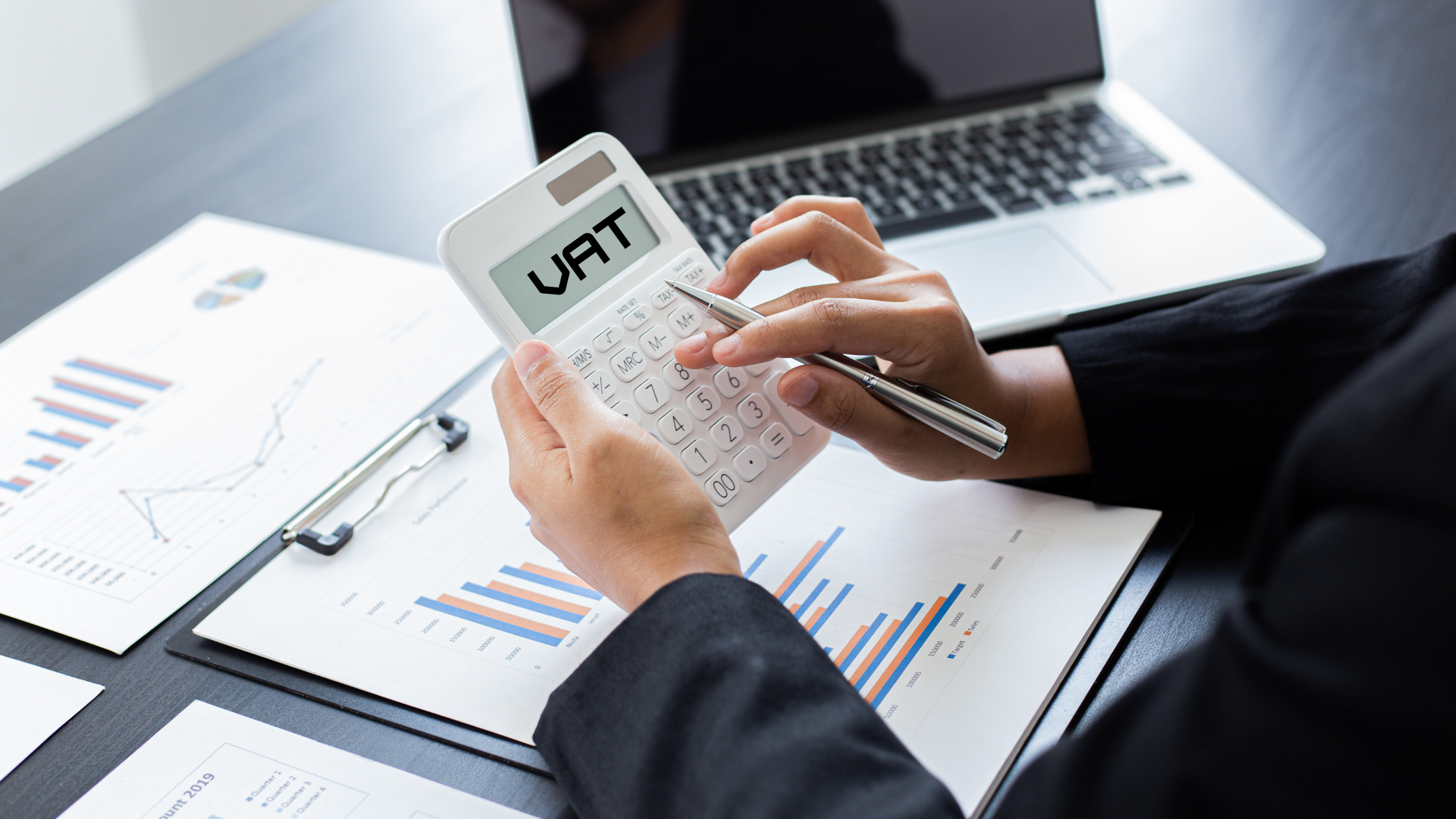A Comprehensive Guide to Understanding and Implementing the VAT Reverse Charge Mechanism
The VAT reverse charge mechanism is a critical aspect of tax compliance for businesses operating in jurisdictions where Value-Added Tax (VAT) is applicable, especially in cross-border transactions. This guide explores the implications and procedures surrounding the VAT reverse charge mechanism, helping businesses navigate this complex area of tax compliance.
1. Understanding the VAT Reverse Charge Mechanism
A. What is the VAT Reverse Charge Mechanism?
The VAT reverse charge mechanism is a tax procedure utilized in many countries to simplify VAT collection, particularly for cross-border supplies of goods and services. Under this mechanism, instead of the seller charging VAT to the buyer and remitting it to the tax authorities, the buyer accounts for the VAT in their VAT return.
B. Why Was the Reverse Charge Mechanism Introduced?
- Combatting VAT Fraud: The primary goal of the reverse charge mechanism is to combat VAT fraud, particularly carousel fraud, where VAT is claimed on fictitious cross-border sales.
- Simplifying VAT Reporting: This mechanism reduces the administrative burden for sellers and streamlines the VAT collection process for tax authorities.
2. How the VAT Reverse Charge Mechanism Works
A. Applicability of the Reverse Charge Mechanism
The reverse charge mechanism typically applies to transactions between businesses (B2B) in different VAT jurisdictions. For example, when a company in Country A sells goods or services to a business in Country B, the buyer in Country B applies the reverse charge.
- Services: The reverse charge often applies to cross-border services, such as consulting and digital services.
- Goods: It can also apply to goods, especially in sectors prone to VAT fraud, such as electronics and construction.
B. Practical Steps in Implementing the Reverse Charge
- Seller’s Role: The seller issues an invoice without charging VAT, often including a note stating that the transaction is subject to the reverse charge mechanism.
- Buyer’s Role: The buyer self-assesses the VAT on the transaction, including it in both their output VAT (as if they had sold the goods or services) and input VAT (as if they had purchased the goods or services).
- Accounting: The transaction is recorded in the buyer’s VAT return, but since the output and input VAT amounts typically offset each other, there is usually no net VAT payable.
3. Implications of the VAT Reverse Charge Mechanism
A. Impact on Cash Flow
- Neutral Effect: For businesses that can fully reclaim input VAT, the reverse charge mechanism generally has a neutral cash flow impact since the output VAT and input VAT cancel each other out.
- Potential Cash Flow Issues: For businesses that cannot fully reclaim input VAT (e.g., partially exempt businesses), the reverse charge may lead to VAT being payable upfront, impacting cash flow.
B. Compliance Obligations
- Accurate Invoicing: Businesses must ensure invoices are correctly issued, clearly stating that the reverse charge applies.
- VAT Returns: Accurate VAT returns are crucial, as the reverse charge mechanism requires proper reporting of both input and output VAT.
- Record-Keeping: Maintaining detailed records of transactions subject to the reverse charge is essential for compliance and to avoid penalties.
C. Cross-Border Trade Considerations
- International Compliance: Businesses engaging in cross-border trade must be aware of the VAT rules in each jurisdiction, as the reverse charge rules can vary.
- Import and Export: The reverse charge mechanism may also apply to imports and exports, where the buyer must self-account for VAT on goods brought into their country.
4. Common Sectors Affected
A. Construction Industry
The construction industry frequently applies the reverse charge mechanism to combat fraud and reduce the complexity of VAT chains in large projects.
B. Telecommunications and Digital Services
Cross-border digital services and telecommunications often fall under the reverse charge mechanism, particularly within the EU.
C. Electronics and High-Value Goods
High-value goods, such as mobile phones and computer chips, are often subject to the reverse charge to prevent fraud.
5. Navigating this Mechanism: Best Practices
A. Training and Awareness
Ensure that finance and accounting teams are well-trained on the reverse charge mechanism and understand when and how it applies.
B. Accurate Record-Keeping
Keep detailed records of all transactions subject to the reverse charge, including copies of invoices and VAT returns.
C. Regular Compliance Audits
Conduct regular internal audits to ensure that the reverse charge is being correctly applied and reported, helping to prevent costly errors and penalties.
D. Consulting with Tax Professionals
Given the complexity of the reverse charge mechanism, consulting with tax professionals or VAT specialists can ensure full compliance.
6. Challenges and Potential Pitfalls
A. Complexity in Implementation
Implementing the reverse charge mechanism can be complex, particularly for businesses operating in multiple jurisdictions with varying VAT rules.
B. Risk of Errors and Penalties
Errors in applying or reporting the reverse charge can lead to significant penalties from tax authorities. It is crucial to ensure accuracy from the outset.
C. Keeping Up with Regulatory Changes
VAT regulations, including those surrounding the reverse charge, can change frequently. Staying informed about these changes is essential for ongoing compliance.
The VAT reverse charge mechanism is a vital tool in modern VAT systems, designed to simplify tax collection and combat fraud. While it shifts the tax reporting burden from sellers to buyers, it also introduces new compliance challenges that businesses must navigate carefully. By understanding the implications and procedures of the reverse charge mechanism, businesses can ensure they meet their VAT obligations and avoid costly mistakes. Regular training, accurate record-keeping, and consulting with tax professionals are essential strategies for successfully implementing and complying with the VAT reverse charge mechanism.
Our resource directory offers valuable links to assist in managing various financial and legal aspects of a business or individual. Consider utilizing marketplaces like IfindTaxPro, you can post your project and find the right professional for your needs. If You are a professional, looking to find clients, then sign up.








